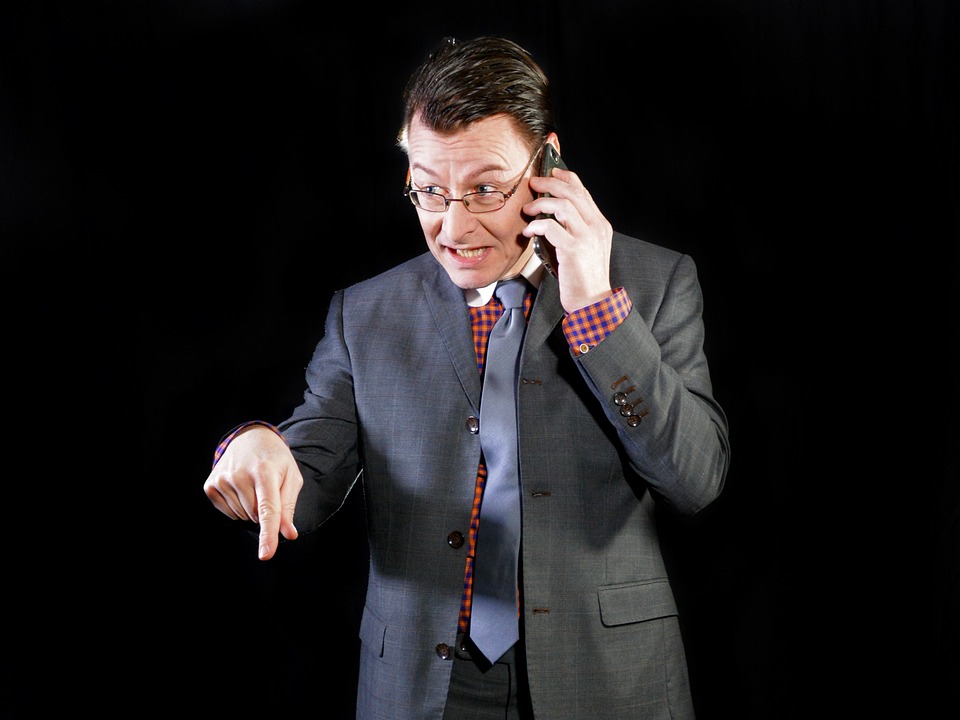Individuals suffering from anxiety are on a continuous lookout for techniques that can help them combat the mental disorder and relax their minds. One such technique doing the rounds these days is the 4-7-8 breathing pattern.
Also known as the “relaxing breath”, the 4-7-8 breathing technique involves breathing in for 4 seconds, holding the breath for 7 seconds, and exhaling for 8 seconds. According to some proponents, this breathing technique helps in reducing anxiety and even helps people fall sleep within a minute. Even though there is little scientific evidence to support this breathing technique, a lot of people are turning to it for instant relief from anxiety symptoms and a more relaxed sleep.
Understanding the 4-7-8 breathing technique
The 4-7-8 breathing technique is followed as a core exercise by several alternative healing therapies such as yoga and meditation, as it helps promote relaxation. This breathing technique needs an individual to focus on taking a long deep breath at the time of inhalation. Supporters of this technique feel that it can help achieve the following:
- Better sleep
- Management of various types of yearnings and cravings
- Reduced or controlled anger responses
- Improved and gradually reduced anxiety symptoms
How to practice the 4-7-8 breathing technique?
Prior to starting this breathing pattern, it is suggested that an individual gets into a relaxed sitting or lying down position. They should then touch the roof of their mouth, just behind the front teeth with the tip of their tongue. Once settled, the individual should follow the below mentioned steps.
- Exhale the air out of the lungs so as to empty the lungs completely
- Inhale for a count of four seconds
- Hold the breath for a count of seven seconds
- Exhale forcefully via the mouth for a count of eight seconds. While exhaling, the individual should make a “o” of their lips and make a “whoosh” sound.
An individual must follow this breathing technique twice a day to start noticing the benefits at the earliest. However, first-timers must refrain from exceeding four breath cycles at a stretch. Once the practitioner is comfortable with the technique, they can practice it for longer durations.
For the first couple of times, an individual may feel light-headed after practicing this breathing technique. Thus it is advised to try this technique while lying or sitting down to avert falls or dizziness. It is far more important to maintain the ratio instead of focusing on the number of seconds the breathing pattern lasts for. If an individual struggles to hold their breath for a long time, they can opt for a breathing pattern of shorter duration, which would be:
- Inhaling for a count of 2 seconds
- Holding the breath for a period of 3.5 seconds
- Exhaling forcefully for 4 seconds
If an individual is successful in maintaining the appropriate ratio, they will start noticing the benefits within a couple of weeks of following this technique consistently, once or twice a day. They would notice a lower frequency in the occurrence of their anxiety symptoms and a more restful sleep.
Seeking help for anxiety disorder
Anxiety is a part and parcel of life, and feeling anxious in situations that are challenging and stressful is quite normal. However, when anxiety persists and worsens with time, it becomes a disorder. Anxiety afflicts nearly 40 million American adults and is one of the most common mental health concerns in the U.S.






More Stories
Mom’s Task Worry May well Distribute to Children
Best Ten Techniques to Conquer Strain at Perform
Strain Managment: 12 Universal Laws for Managing Anger